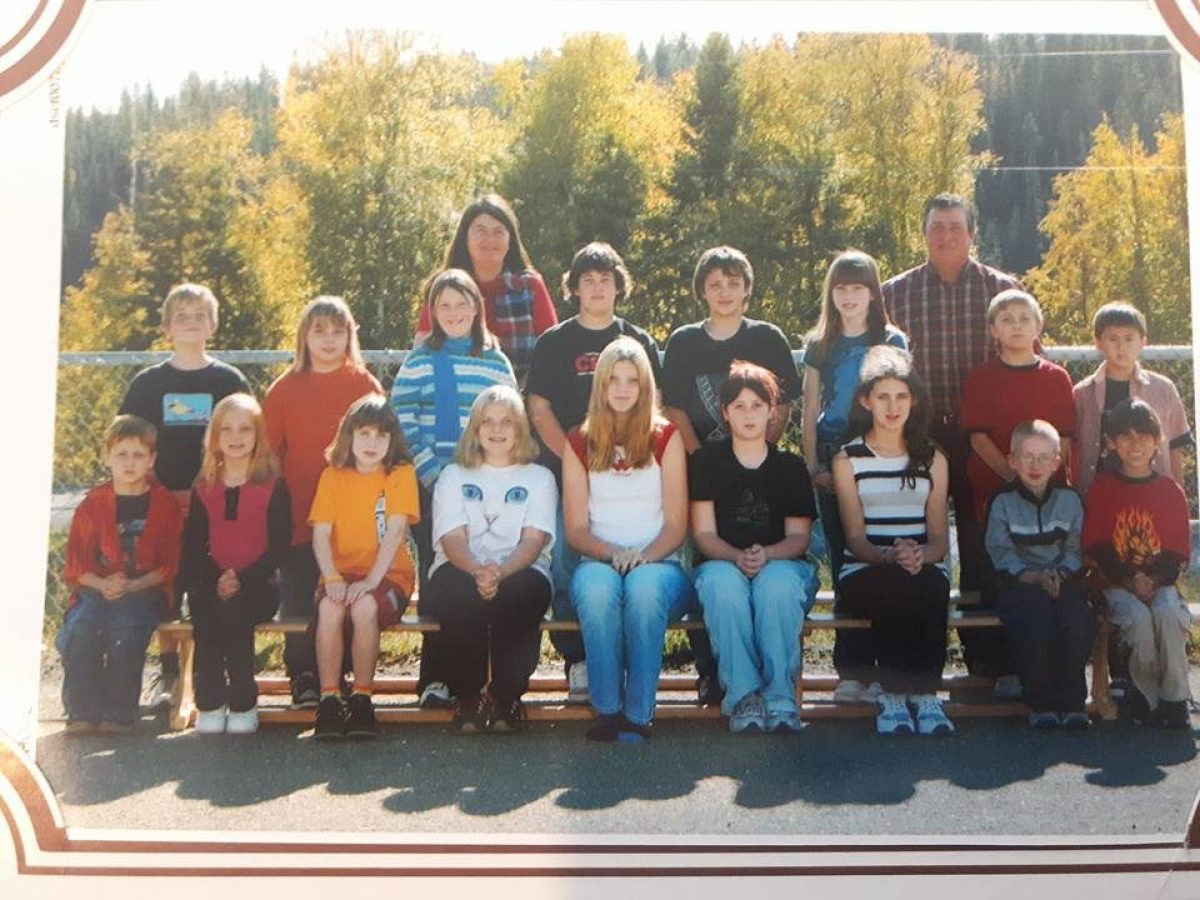Mariah Bouchard
Reading Analysis Week 10
November 12th 2017
In what ways do our education systems show the roots of progressivism and traditionalism?
Article 1: Heyking, Amy von. “Selling Progressive Education to Albertans, 1935-1953,” in Sara Burke and Patrice Milewski (Eds.), Schooling in Transition: Readings in the Canadian History of Education, Toronto: University of Toronto Press, 2012: 340- 354.
Our education has changed significantly over many years, and in fact is still going through major changes today. Though there has been changes we can still notice the original plan for the education system. We see that it still has a traditional basic structure. We still hold on to the organization and discipline that comes from the original system. Maybe not so much discipline to the students but the discipline involved in teaching. We still teach the major subjects taught in the past. However, we see now a shift towards new types of learning and a more open mind to the ways of teaching. I think in Alberta they had an open mind to change and that is what made their changes in the system so impactful.
Articles 2 & 3: Stamp, Robert M. “Growing Up Progressive? Part I: Going to Elementary School in 1940s Ontario.” Historical Studies in Education vol. 17, no. 1 (Spring 2005): 187-98.
Stamp, Robert M. “Growing Up Progressive? Part II : Going to High School in 1950s Ontario.” Historical Studies in Education vol. 17, no. 2 (Fall 2005): 321-31.
The shift from having one teacher for everything to a different teacher for each class is something everyone goes through. Switching from elementary to high school. What people in charge might not realize is how this tiny thing can have an impact on your learning. Not being able to build a strong relationship with your teachers may affect your learning experience. It might prevent you from asking for help or you may struggle in finding what each specific teacher looks for. This is an issue brought up in the part 2 article. I think it is important because it is a progressive thing that was added to the education system and I don’t think it was necessarily a good change. This addition has its pros and cons and I think that it has become such a standard system now that it has almost become traditional in a way and therefor might be harder to change now.
Article 4: Axelrod, Paul. “Beyond the Progressive Education Debate: A Profile of Toronto Schooling in the 1950s,” Historical Studies in Education 17, no.2 (Spring 2005): 227-241.
We see the roots of the traditional system when it comes to singing Oh Canada or attending assemblies, and in some schools, they still hold tradition in regard to religion within the school. However, progressivism is easier to spot because honestly, I think we just keep adding to the ways in which we teach and the ways in which we construct our schools. To this day we find more advanced and “better” ways to teach children. We have more knowledge on the development of children as well as access to more resources on how to teach and interact with children more positively. I think the slow progressive change in the system has been for the most part positive. We are more free to develop ideas and apply unique ways of teaching into the classrooms.
